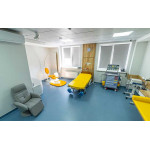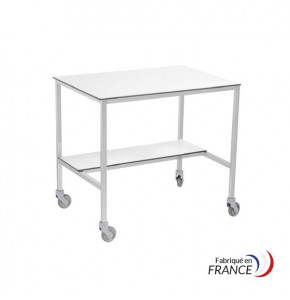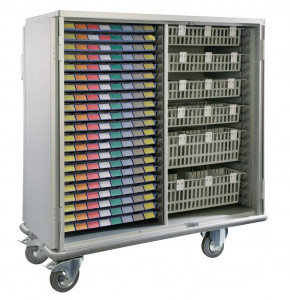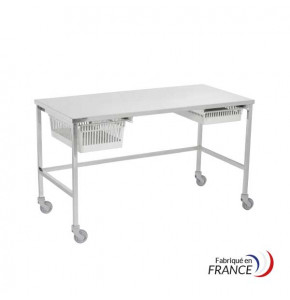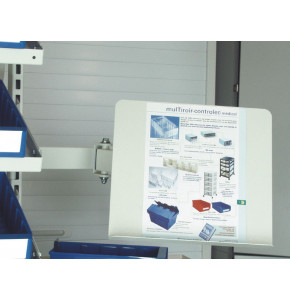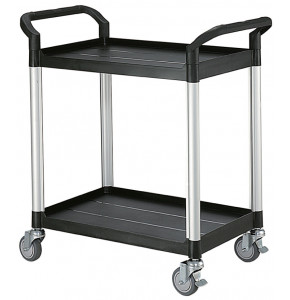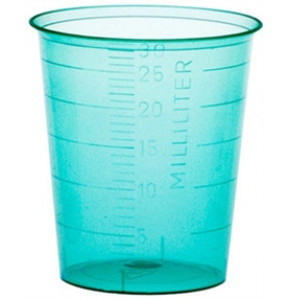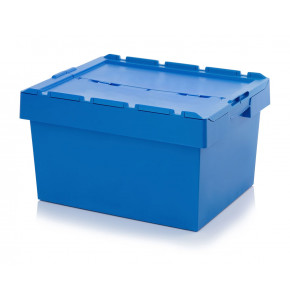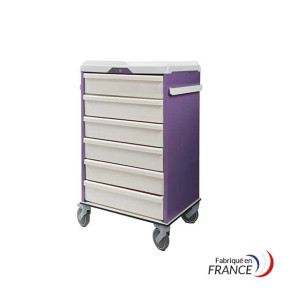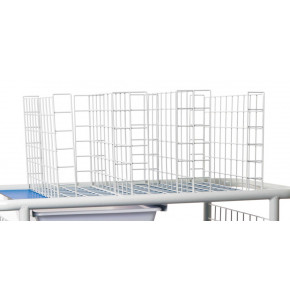Management of poisonous substances in hospitals
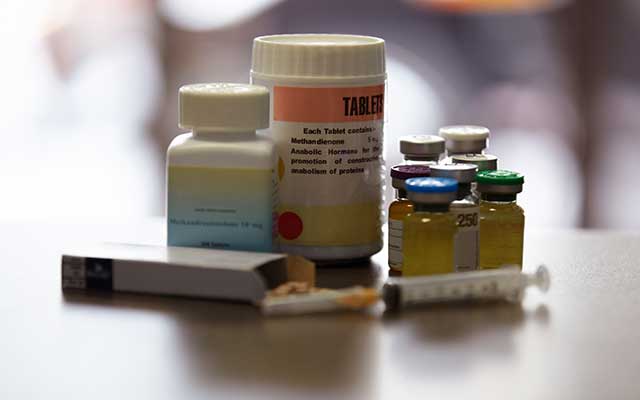
Before we start talking about the arrangements for the management of so-called poisonous substances in a health care organisation. It is important to review the legal definition of the term "poisonous substance".
According to French legislation, it is any substance which, when introduced by any means into the human body, may in certain cases have a harmful effect on it at a dose low enough to prevent it from arousing attention.
A classification of poisonous substances has been established. This takes the form of 3 lists covering different products:
List I
- This list contains all substances and preparations that are intrinsically toxic. The harmful effects of these products appear as soon as low doses are taken.
- There are also substances that are less toxic but can cause serious problems with prolonged use.
List II
- This list includes all substances that are less harmful than those in the list of narcotics. The substances in this list are not dangerous, but they are generally abused therapeutically.
List of narcotics
- This list includes all addictive substances that are directly narcotic, such as morphine or cocaine.
- The list also includes substances that are not addictive, but which become addictive when transformed into narcotic products.
- It also includes non-addictive products that are used for non-therapeutic purposes (fortal, amphetamines, etc.)
After this brief reminder of the legislation governing poisonous substances, it is easy to understand why they are subject to much greater safety than other medicines.
Indeed, the aim of these regulations is to guarantee the user maximum safety in the use of medicines.
It is therefore interesting to look at the means put in place in health care institutions to guarantee the safety of medicines and thus avoid theft and accidents.
In hospital wards, all medicines that are regularly supplied by the pharmacy are held in lockable cabinets such as the multi-door cabinets that are ideal for storing medicines. They will guarantee their security thanks to the lock that allows for locking. In addition, it is designed to accommodate a large quantity of medicines thanks to its various storage compartments.
These cabinets are placed in the infirmaries, where access is limited to authorised personnel (doctors and nurses).
In these cabinets, narcotics are actually held in another special compartment, reserved solely for this purpose. This is usually a toxic or narcotics box, which guarantees better security. This box is placed in the medicine cabinet for double security. It can also be fixed to the wall, making it a wall cabinet.
The key to the safe is held by the health executive or senior health executive, who will entrust it to a staff member in case of absence. This procedure has been put in place to avoid any form of abuse.
Ideally, medicines should be kept in their original packaging or, failing that, in containers labelled according to a colour scheme corresponding to the lists mentioned above.
 Francais
Francais 
 Cart
Cart Quote
Quote